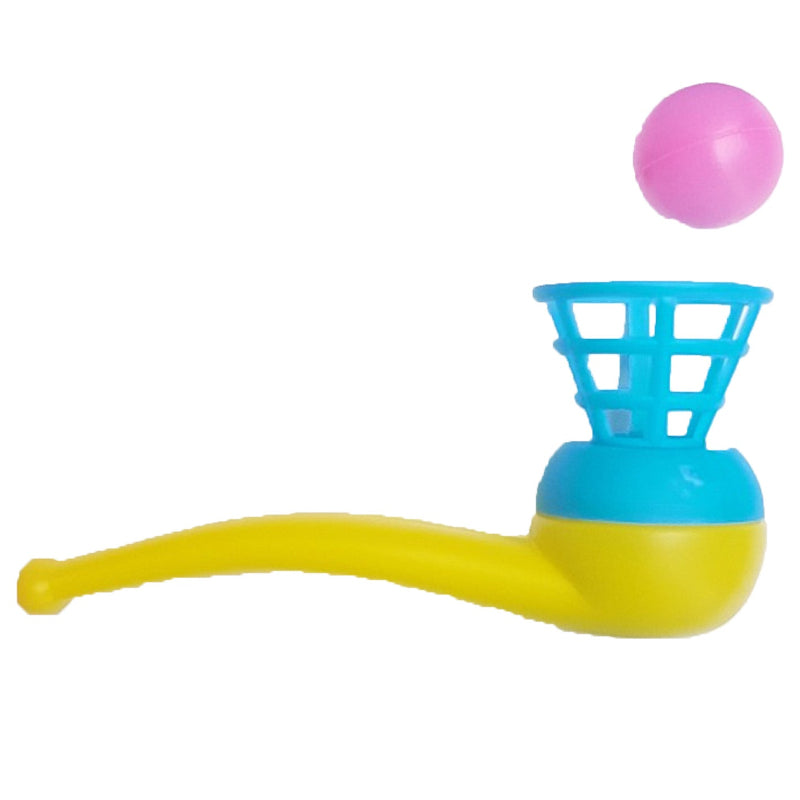Aquafaba Foam - DIY Sensory Game
Author: Dear Daughter
from Webshop owner :)
Finding creative and stimulating activities for kids can be a challenge. Luckily, there is an engaging and surprising activity that kids can enjoy: aquafaba sensory foam. Aquafaba, the liquid from chickpeas, can be transformed into a light and frothy mixture that is not only fun to play with, but also stimulates children’s senses.
What is aquafaba?
Aquafaba is the liquid left over after cooking legumes such as chickpeas. It has the ability to foam due to its starch and protein content. This makes it suitable as an egg substitute in vegan recipes. Aquafaba is used to create airy textures in dishes such as meringue and whipped cream. It is a popular ingredient for vegans and those with egg allergies.
Why is aquafaba ideal for playing with?
Aquafaba foam is ideal for playing with for several reasons:
- Less food waste: Aquafaba is made from the cooking liquid of legumes, which is often thrown away. By using aquafaba, food waste is reduced and it is put to good use.
- Sensory motor skills: Playing with aquafaba foam can stimulate sensory and motor development, especially in children. It has a unique texture that is interesting and fun to experiment with.
- Natural product: Aquafaba is a natural product that does not contain any artificial additives. It is obtained directly from plant sources, making it a safe and healthy alternative to other types of foam.
- Non-Toxic and Safe for Kids: Aquafaba is non-toxic and safe to play with, even for younger children. Compared to some commercial foam products, aquafaba does not contain any chemicals or harmful substances.
All in all, aquafaba foam provides an environmentally friendly, sensory and safe play experience, while also reducing food waste.
How do you make sensory aquafaba foam?
Let's go!
1. Open a can of chickpeas and drain the liquid into a bowl.
2. Whip the aquafaba: Use an electric mixer or a whisk to whip the aquafaba. Start on low speed and gradually increase to high speed. Whip for about 10-15 minutes, or until stiff peaks form. 
3. Optionally add food coloring to the foam (this can also be done later).
4. Continue beating until the foam is stable: The foam is ready when it is firm and you can turn it over without it collapsing.


You can now fill the foam into a play tub and it is ready to play with!
Finished!
Why play with Aquafaba foam?
Aquafaba foam can provide a great sensory experience, especially for children, because of its unique texture. Aquafaba foam can provide a great sensory experience, especially for children, because of its unique texture. Touching aquafaba foam provides tactile stimulation. It has a soft, fluffy and slightly sticky texture, which gives it an interesting feeling when you hold it in your hands and play with it.


Combination tips
Combine the foam with small waterbeads or with the large silicone rainbows set. This gives even more different sensory input.

Cooking and cleaning up after yourself
The foam is also super fun in combination with a cooking set. Let children clean up themselves, that promotes self-confidence and self-reliance. It is also good for the sensory experience that can be made with warm or cold water. How does the foam react? What happens to the water beads?

Conclusion
Want to introduce children to a new sensory experience quickly and easily? Make this foam. While the children are playing, you can put the chickpeas in the oven with a little oil and salt; delicious to enjoy together after playing. So always have a can of chickpeas on hand.








































Super leuk bedankt!
Ik kende het voor veganistische recepten maar had er niet aan gedacht om het als sensorisch speelschema te gebruiken!
Leave a comment